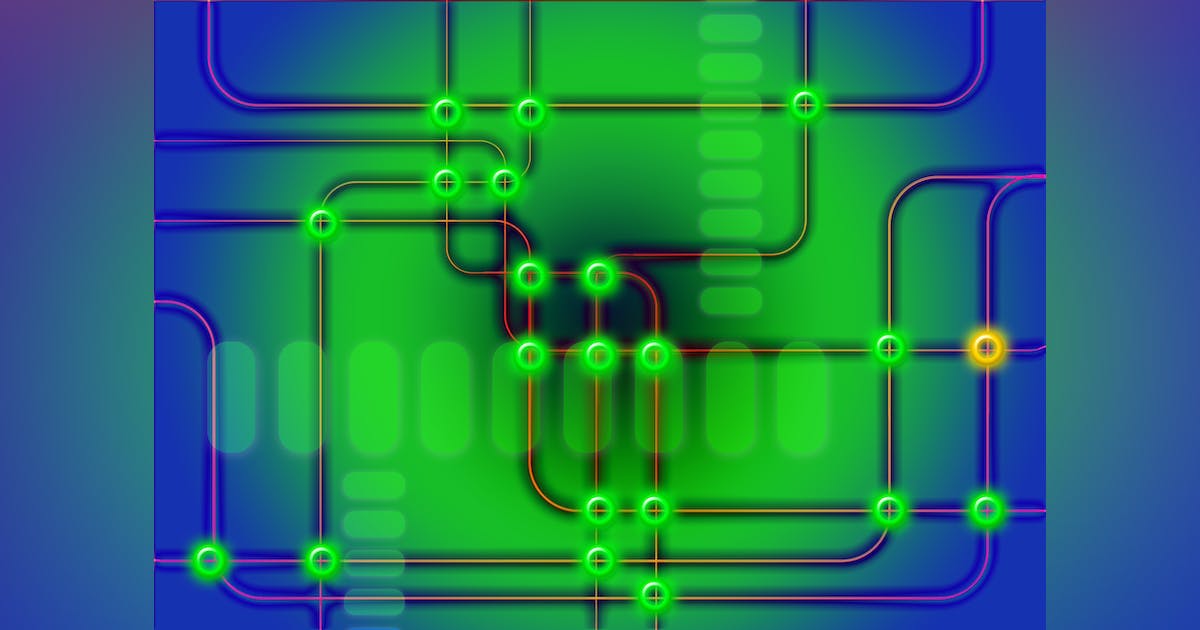Been very busy for the last few months. Things are finally beginning to settle down, and I hope to be able to participate more on R2R.
Here's a paper that discusses factors that can cause color shifts in LEDs. Although the gist examines effects on LEDs producing 'white' light, some factors are applicable to monochromatic LEDs. Many thanks to Jack Kent (founder of Kent Marine) for getting this paper to my attention.
Here's a paper that discusses factors that can cause color shifts in LEDs. Although the gist examines effects on LEDs producing 'white' light, some factors are applicable to monochromatic LEDs. Many thanks to Jack Kent (founder of Kent Marine) for getting this paper to my attention.















